Washing machine oil seal: characteristics, operation and repair

The automatic washing machine can rightfully be called the hostess's assistant. This unit simplifies household chores and saves energy, so it must always be in good condition. The complex device of the "washing machine" implies that the entire machine will cease to function from the breakdown of one element. Oil seals are considered a very important part of the design of this type of household appliance, since their presence prevents moisture from entering the bearing.

Characteristic
The washing machine oil seal is a special unit that is installed so that moisture does not get into the bearings. This part is available in “washers” of any model.
Cuffs can have different sizes, markings, be with two springs and one.

And these parts have a different appearance and dimensions... There is a special metal element in the inside of the gland, therefore, when installing it into the tank, you should be extremely careful to prevent damage.
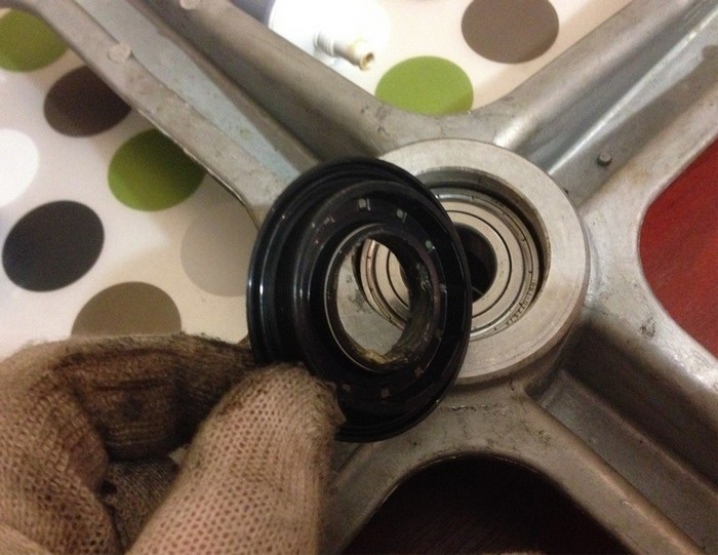
Approximate table of spare parts for some washing machines with a drum
Unit model | stuffing box | bearing |
Samsung | 25*47*11/13 | 6203+6204 |
30*52*11/13 | 6204+6205 | |
35*62*11/13 | 6205+6206 | |
Atlant | 30 x 52 x 10 | 6204 + 6205 |
25 x 47 x 10 | 6203 + 6204 | |
Candy | 25 x 47 x 8 / 11.5 | 6203 + 6204 |
30 x 52 x 11 / 12.5 | 6204 + 6205 | |
30 x 52/60 x 11/15 | 6203 + 6205 | |
Bosch Siemens | 32 x 52/78 x 8 / 14.8 | 6205 + 6206 |
40 x 62/78 x 8 / 14.8 | 6203 + 6205 | |
35 x 72 x 10/12 | 6205 + 6306 | |
Electrolux Zanussi AEG | 40.2 x 60/105 x 8 / 15.5 | BA2B 633667 |
22 x 40 x 8 / 11.5 | 6204 + 6205 | |
40.2 x 60 x 8 / 10.5 | BA2B 633667 |

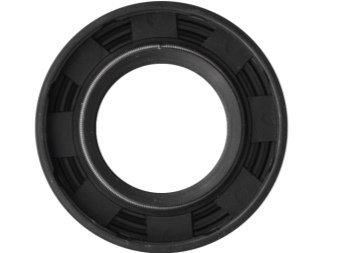
Appointment
The oil seal has the form of a rubber ring, the main role of which is to seal between the static and movable elements of the washing machine. It is the parts of the tank that limit the penetration of water into the space between the shaft and the tank. This part serves as a kind of sealant between parts of a certain group. The role of oil seals should not be underestimated, since without them the normal functioning of the unit is almost impossible.
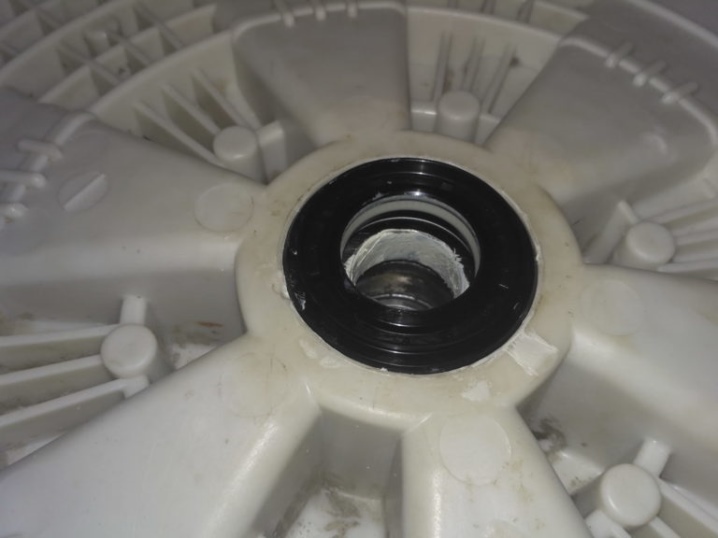
Operating rules
During operation, the shaft is in constant contact with the insides of the stuffing box. If the friction is not reduced, then after a short period the oil seal will dry out and allow fluid to pass through.
In order for the oil seal of the washing machine to serve as long as possible, you will need to use a special lubricant.
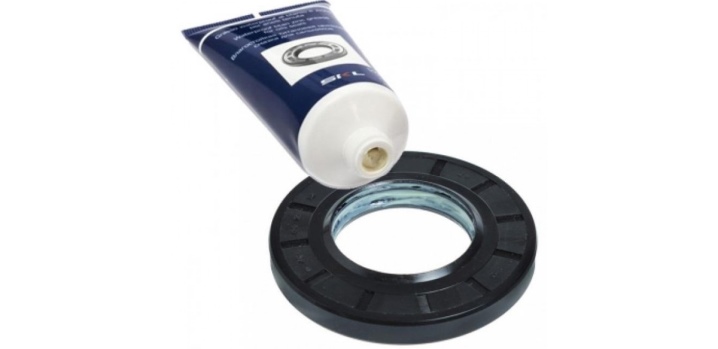
It is necessary to improve the functional characteristics of the element. The grease helps to protect the stuffing box from wear and the appearance of cracks on it. Regular lubrication of the seal will be required to prevent unnecessary water from entering the bearing.
When choosing a lubricant, you should pay attention to the following points:
- moisture resistance level;
- lack of aggressive ingredients;
- resistance to temperature extremes;
- density and high quality consistency.
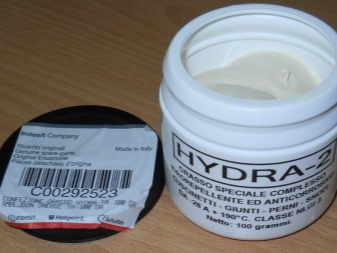
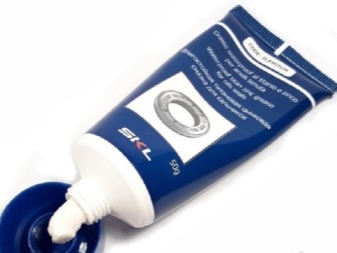
Most washing machine manufacturers make lubricants for parts that are right for their model. However, in practice, it has been proven that the composition of such substances is identical. Despite the fact that the purchase of grease is not cheap, it will still be justified, since alternative means entail softening the seals, respectively, reducing their service life.
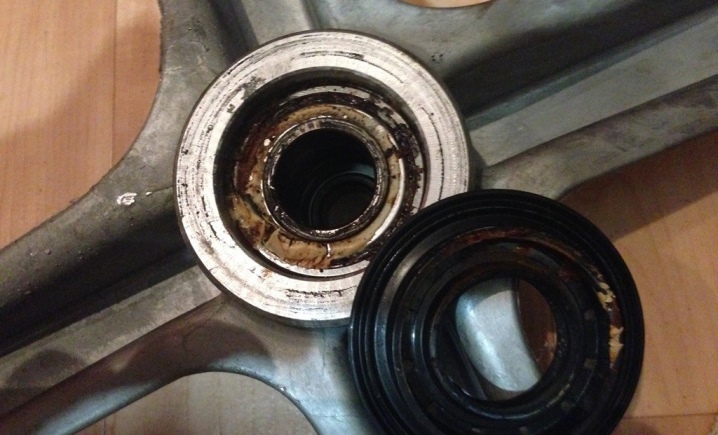
According to experts, most often oil seals break due to improper use of washing machines. For this reason it is recommended to carefully study the instruction manual after purchasing the equipment. Among other things, it is worth regularly monitoring the condition of the internal parts of the unit, the oil seal in particular.
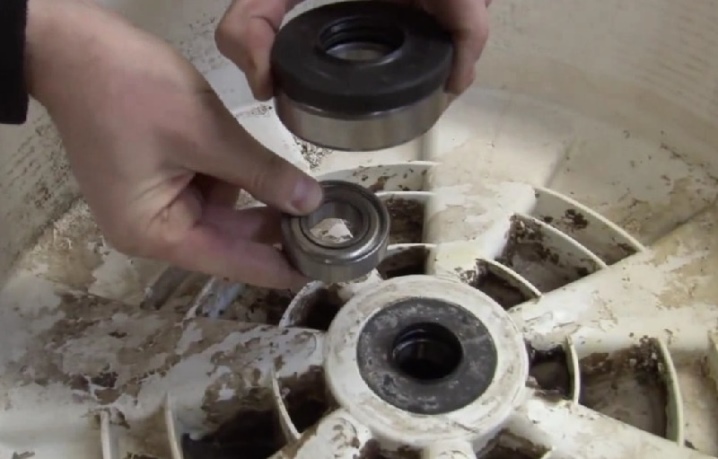
Choice
When buying an oil seal for a washing machine, you should carefully examine it for cracks. The seal must be intact and free from defects. Experts recommend giving preference to parts that have a universal direction of rotational movement, that is, they can be installed without difficulty.
After that, it is worth making sure that the sealing material fully meets the conditions of the environment in which it will have to work.

You need to choose the oil seal that will withstand the environment of the washing machine, and at the same time will maintain its working capacity. In this case the material should be selected in accordance with the speed of rotation of the shaft and its dimensions.
Rubber-silicone seals should be used with some care as, despite their good performance, they can be damaged by mechanical factors. It is worth unpacking the oil seals and taking them out of the packaging with your hands, without using cutting and piercing tools, since even a slight scratch can cause a leakage. When choosing a seal, you need to pay attention to the markings and labels, they indicate the rules for using the oil seal.

Repair and replacement
After the installation of the washing machine is complete, and it successfully washes things, you should think about checking its parts, in particular, the oil seal. A violation of its functionality may be indicated by the fact that the machine squeaks and makes noise during washing. In addition, the following signs are burning about a seal malfunction:
- vibration, knocking of the unit from its inside;
- drum play, which is checked by scrolling the drum;
- complete stop of the drum.
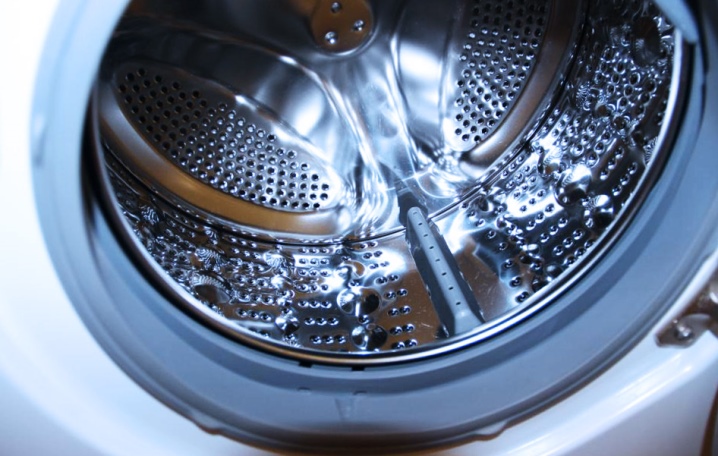
If at least one of the above signs is found, it is worth immediately checking the performance of the oil seals.
If you ignore the disturbances in the operation of the washing machine, you can count on the destruction of the bearings.
In order to install a new oil seal in the washing machine, it must be disassembled and all parts must be removed correctly. For work, it is worth preparing standard tools that are present in every home.

Step-by-step procedure for replacing the seal:
- disconnecting the top cover from the unit body, while unscrewing the bolts that hold it;
- unscrewing the bolts of the rear side of the case, removing the back wall;
- removing the drive belt by rotating the shaft by hand;
- removal of the cuff that surrounds the hatch doors, thanks to the separation of the metal ring;
- disconnecting the wire from the heating element, electric motor, grounding;
- cleaning of hoses, nozzles that are attached to the tank;
- separation of the sensor, which is responsible for water intake;
- dismantling of shock absorbers, springs that support the drum;
- removal of in-body counterweights;
- removing the motor;
- pulling out the tank and drum;
- unwinding the tank and unscrewing the pulley using a hexagon.
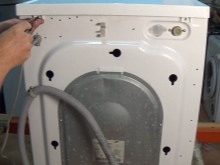
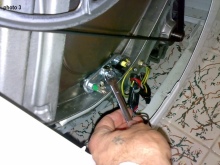
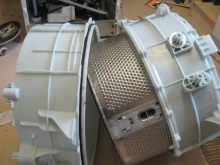
After the washing machine is disassembled, you can access the oil seal. There is nothing difficult in removing the seal. To do this, it will be enough to pry the part with a screwdriver. After that, the seal should be inspected and replaced if necessary. The next step is to lubricate each installed part as well as the seats.
It is very important to be able to fit the O-ring correctly.
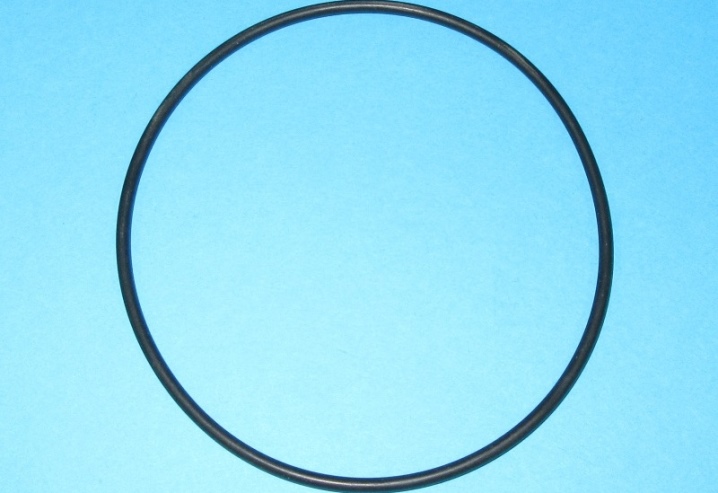
If there are no marks on it, then the installation should be carried out in such a way that the oil seal tightly closes the niche with the moving elements of the bearing. It will be necessary to seal and glue the tank back in the case of the next assembly of the machine.
Oil seals for washing machines are parts that are classified as sealing and sealing. Thanks to them, not only the bearings, but also the unit as a whole, last much longer. However, in order for these parts to efficiently cope with their purpose, it is worth lubricating them with special compounds.
How to properly install the oil seal in the washing machine, see below.













The comment was sent successfully.